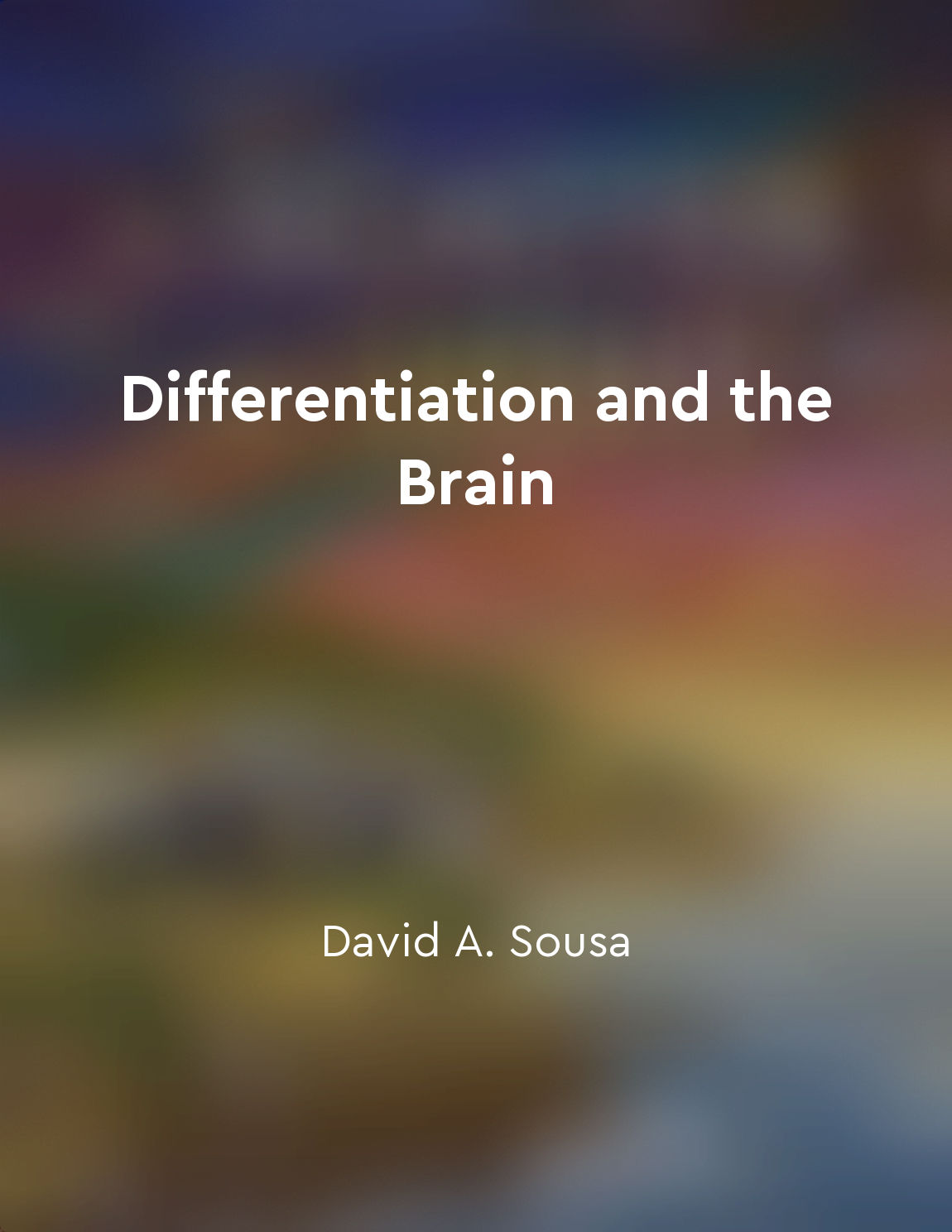Differentiation involves providing multiple pathways for students to learn from "summary" of Differentiation and the Brain by David A. Sousa,Carol A. Tomlinson
Differentiation involves providing multiple pathways for students to learn, ensuring that all learners have the opportunity to access content in ways that are meaningful and relevant to them. This concept recognizes that students have unique strengths, interests, and learning styles that can impact how they engage with and understand new information. By offering a variety of learning experiences, teachers can better meet the diverse needs of their students and support their academic success. One way to implement differentiation in the classroom is through flexible grouping, where students are organized based on their readiness, interests, or learning styles. This allows educators to tailor instruction to meet the specific needs of each group, providing targeted support and challenges as needed. By varying instructional strategies and materials, teachers can engage students in ways that are most effective for their individual learning preferences. Another key aspect of differentiation is providing choice in how students demonstrate their understanding of content. This could involve offering options for projects, assessments, or presentations that allow students to showcase their learning in a way that aligns with their strengths and interests. By giving students the opportunity to choose how they engage with material, teachers can empower them to take ownership of their learning and demonstrate their understanding in a way that is personally meaningful. Additionally, teachers can differentiate instruction by adjusting the level of challenge for students based on their individual needs. This may involve providing additional support for struggling learners, extending learning opportunities for advanced students, or offering alternative assignments for students who need extra practice. By adapting the level of complexity in tasks and activities, educators can ensure that all students are appropriately challenged and supported in their academic growth.- Differentiation involves recognizing and responding to the unique needs of each student in order to create a learning environment that is inclusive, engaging, and effective. By providing multiple pathways for students to learn, teachers can create opportunities for all learners to succeed and reach their full potential.


